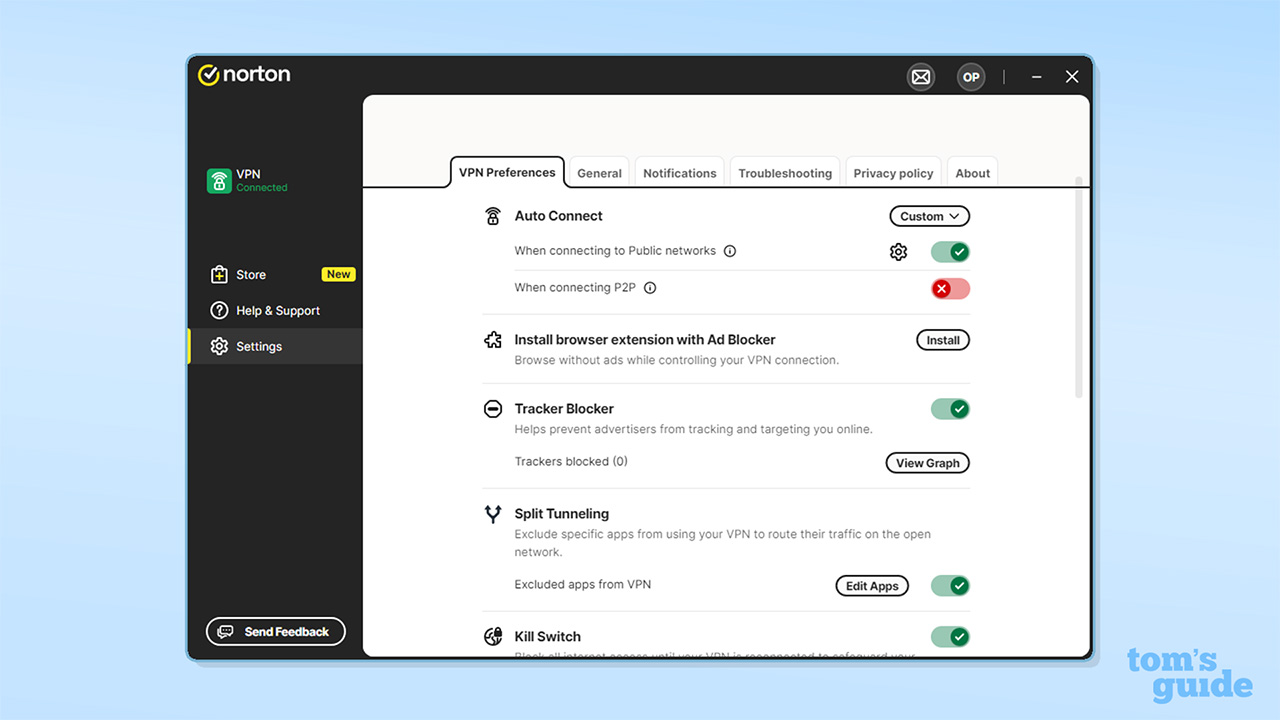I used AI to create a Super Bowl ad — and it's surprisingly good
Would you drink Tom's Soda?
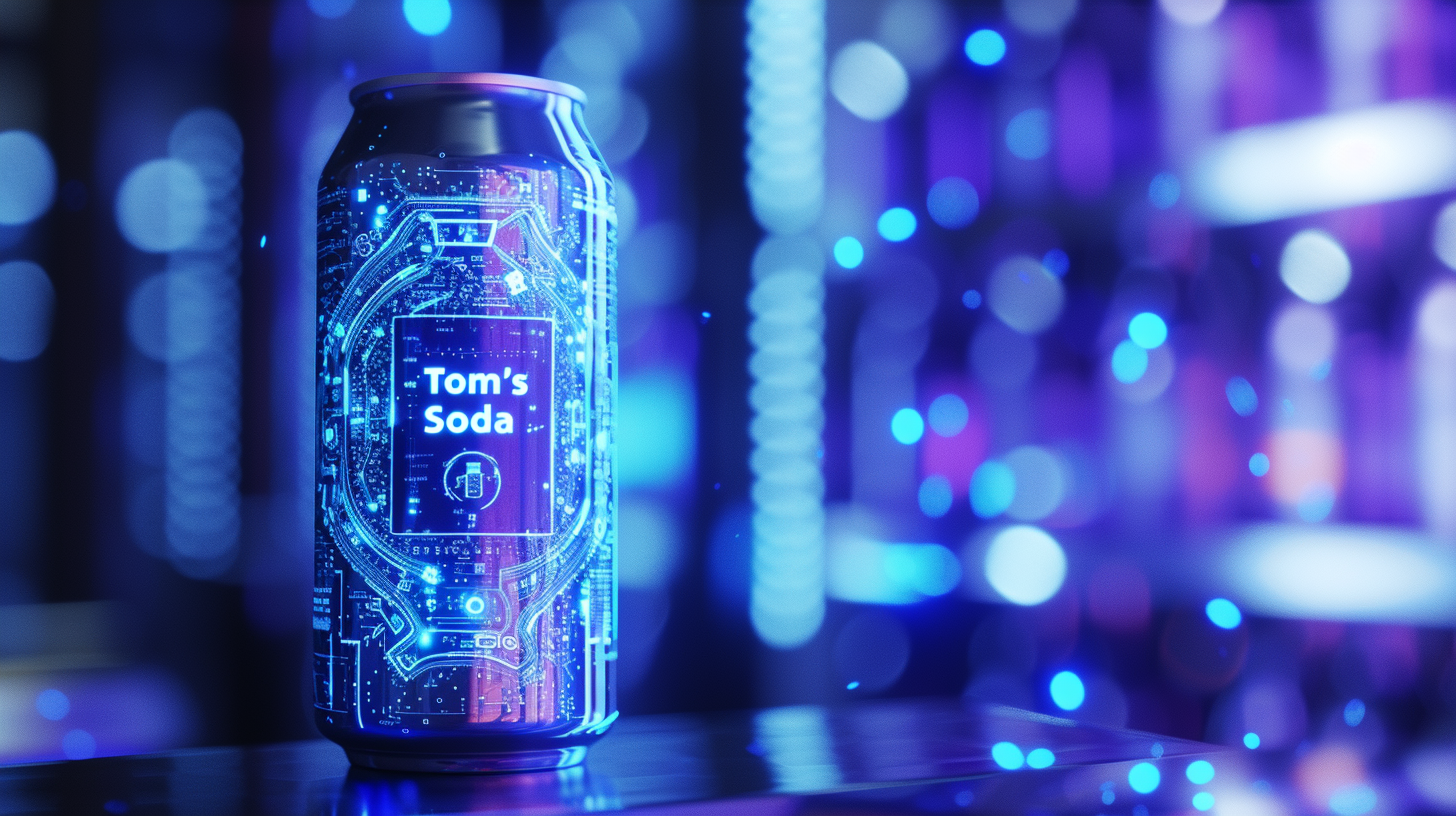
As well as being one of the world’s biggest sporting events, the Super Bowl is a chance for advertising executives to flex their creative muscles and go “off the wall” with commercials.
The Super Bowl is also the time when companies push big new products and services as a 30-second slot can cost as much as $7 million. This year Microsoft will be running its first commercial during the Super Bowl in four years — for its Copilot AI chatbot.
Taking inspiration from Microsoft, I decided to turn the idea on its head and see if I could use artificial intelligence tools to create a 20-second commercial for a fictional product.
After a frenzied chat with the team at Tom’s Guide we settled on creating a commercial for a fictional drink called Tom’s Soda that is vanilla and blueberry flavored with added caffeine. I should add — for the sake of the finance team — we will not be airing this during the Super Bowl.
Designing the product
In my mind, the first task was to design a product. I had an idea that it should have a technology theme and use blue somewhere in the packaging. I didn’t need to worry too much about the logo but I did need the can to say "Tom’s Soda" very clearly.
There are only a handful of AI image generators capable of creating legible text on an image: MidJourney, DALL-E 3, Google’s Imagen 2 and Ideogram. I put the prompt and requirements into all of these and in the end MidJourney came out with the best product images.
Another frenzied conversation with colleagues on Slack later, after I shared a handful of potential designs and we settled on a stunning looking bright, electric blue can of soda.
Get instant access to breaking news, the hottest reviews, great deals and helpful tips.
Designing the commercial
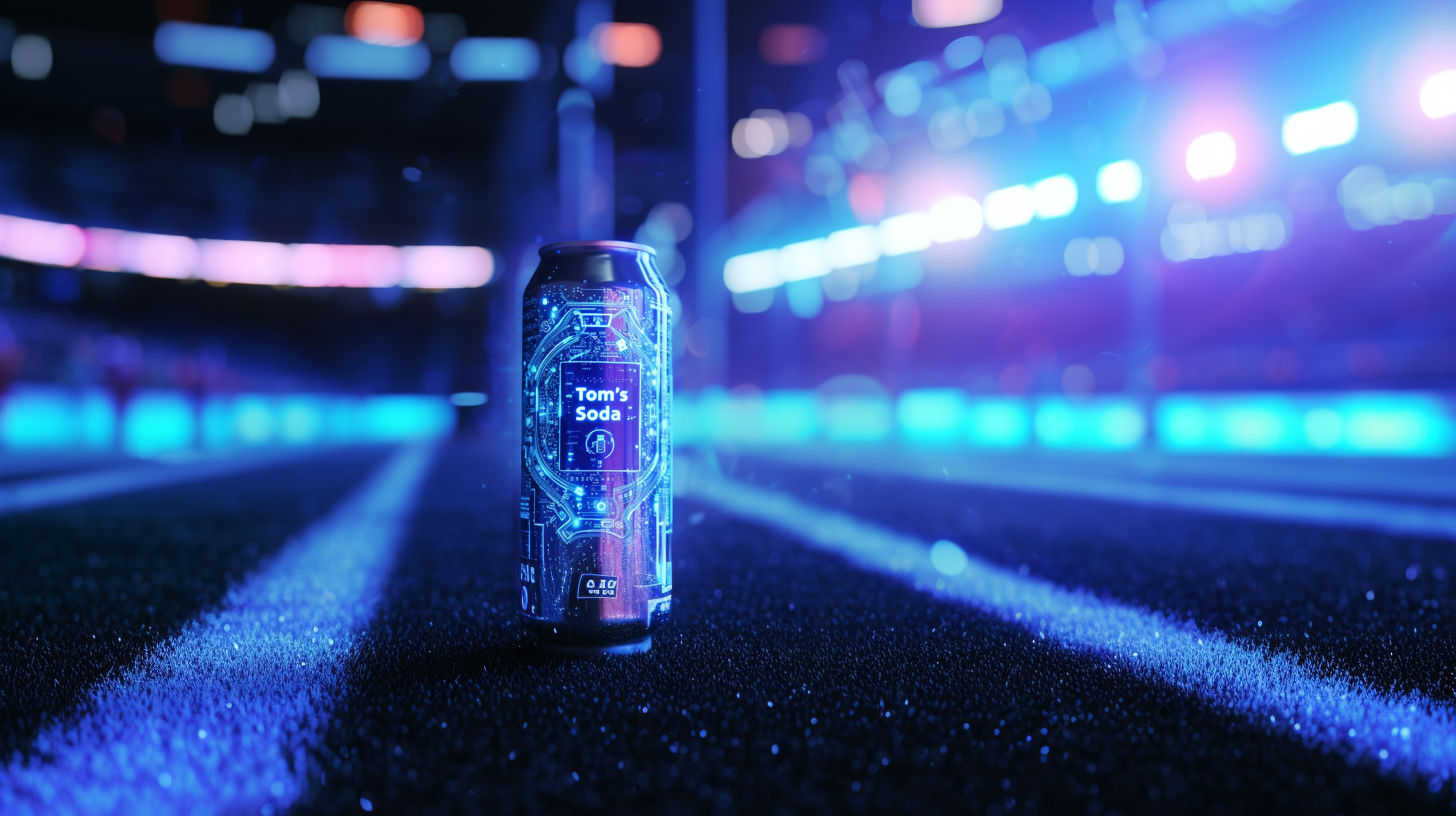
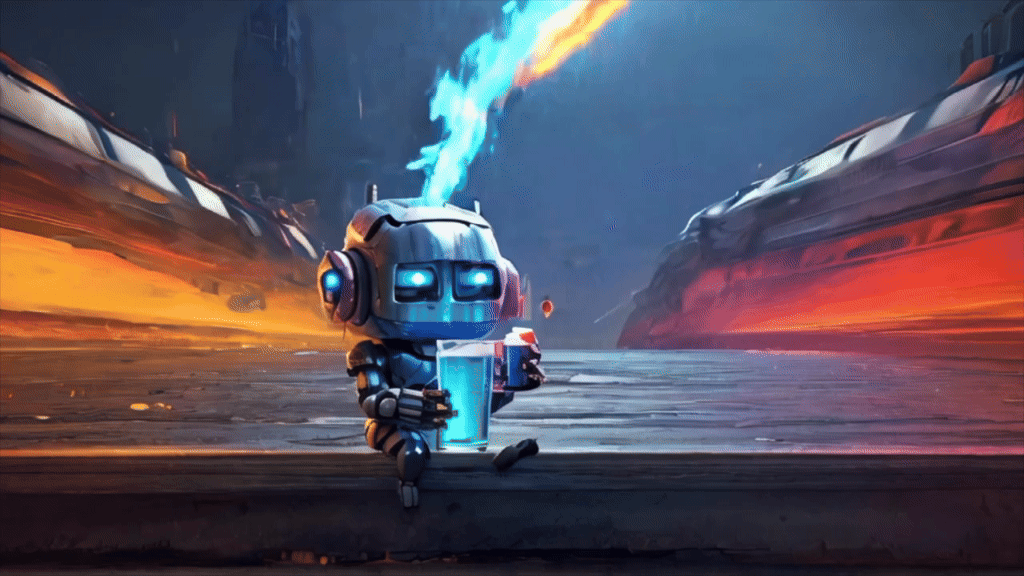
I have been a journalist for the bulk of my career. While I consider myself creative, I am not in any way an advertising professional. So I turned to ChatGPT to help me brainstorm ideas.
I gave it the name of the drink, a need for it to be tech-focused, the flavors involved and uploaded the image of the can we’d settled on as a team.
The AI suggested starting in a dark room full of technology, a robot hand reaches out and selects it from a vending machine. A young professional in an office then comes on screen looking drained. The robot hand comes in from screen to hand the soda to the man.
Realistically that was possible but difficult to animate if I am restricting myself exclusively to using generative AI tools. While it could be done, I decided to explore alternative approaches and go more “ad-hoc” — basically using MidJourney to create some related images.
Designing the style
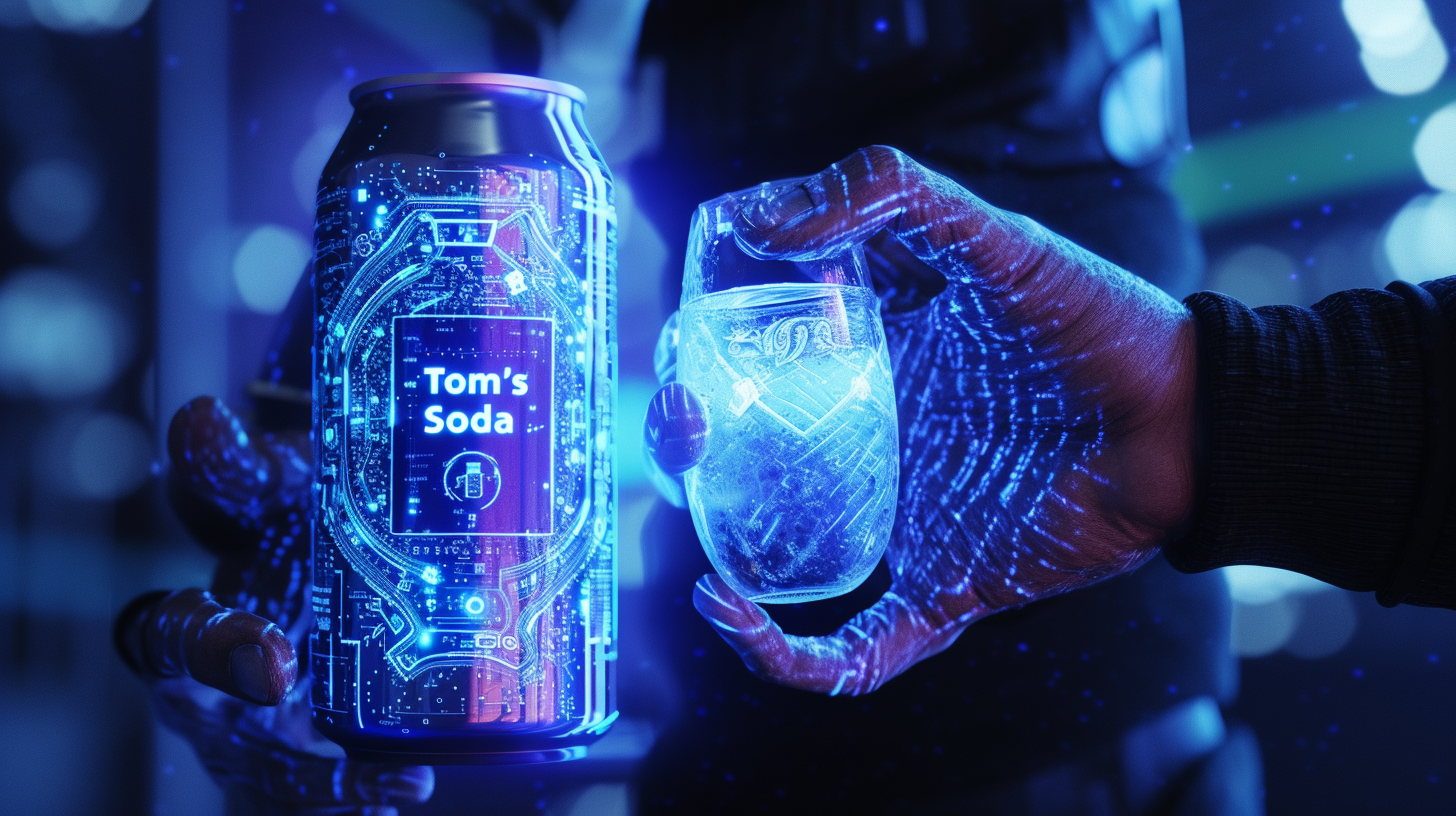
This is the point when inspiration finally struck. I used the original image, the concept of both football, AI and advanced technology and used that to create a MidJourney prompt. This led to a series of fun, bright and colorful images.
I then loaded these images into both Leonardo.ai and Pika Labs to see how they animated the images generated by MidJourney. The variations created during the animation process led to the idea of dancing robots.
Using MidJourney’s Vary (region) tool I was able to place the can on a football field and at various sizes. I used this to create a zoom animation in Pika Labs to open the ad spot, then moved on to a clip of a robot drinking Tom’s Soda, three clips of dancing robots and a logo.
Designing the logo and making music
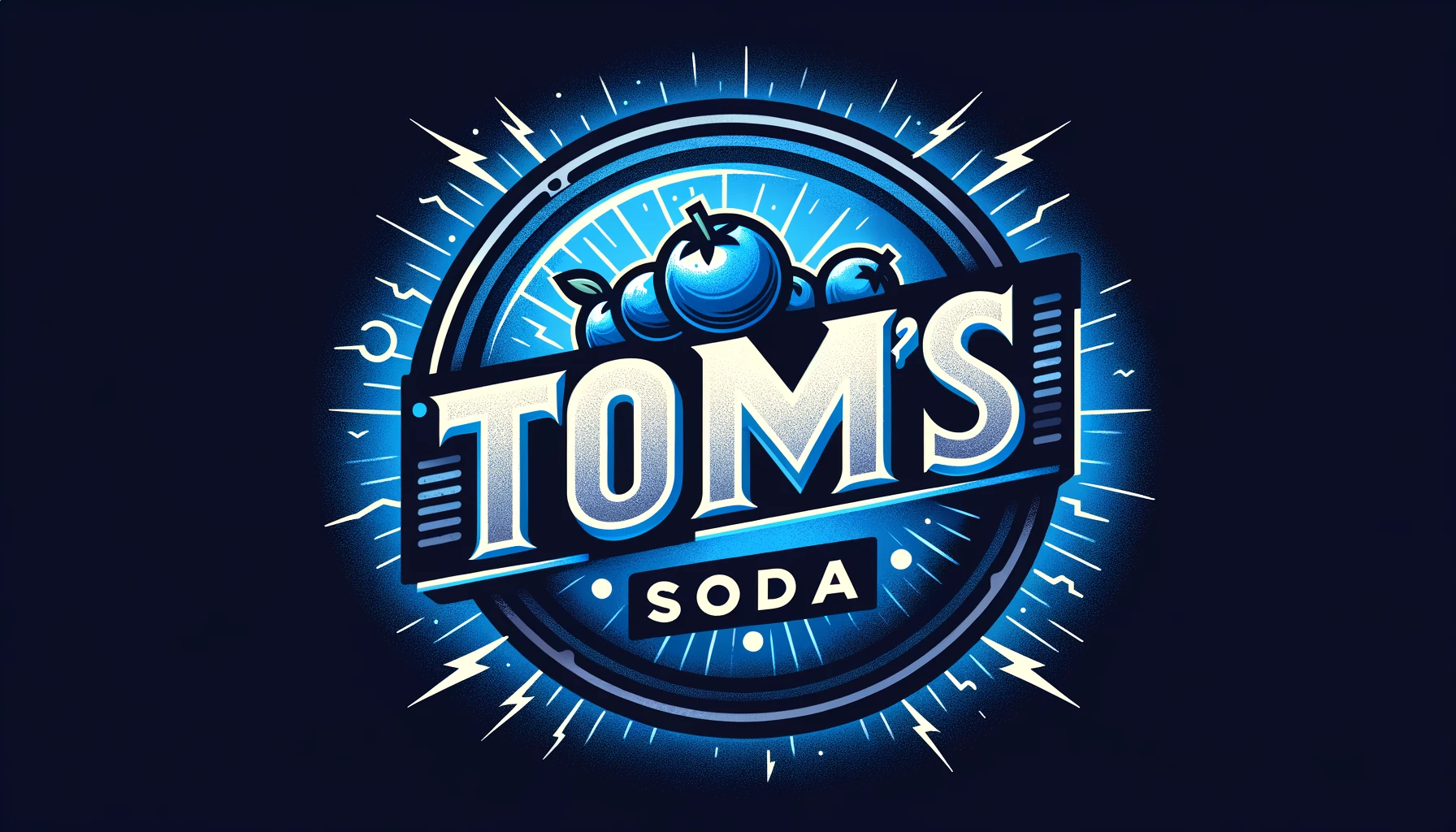
Next I needed a jingle. There are a handful of AI music generation tools and I’ve reviewed more than one of them — but in my view the best right now is Suno. This is also accessible vias Microsoft Copilot (free and Pro).
After a bit of tweaking and using ChatGPT for the lyrics I was able to get Suno to create a jaunty, energized jingle for Tom’s Soda. But at this point I realized I needed a logo.
Originally I wasn’t going to include a logo, but as the vision for the spot evolved the need for a logo splash as the end shot became apparent, so I went back to my old faithful tools — MidJourney, DALL-E 3 and Ideogram.
For some reason all of the AI tools struggled with this request but I settled on a good, if not perfect, image from DALL-E 3 that fit the requirements.
Putting it all together

At this point I had dozens of images, video clips and sound files to work with and I decided to start with the jingle. I found the perfect 20-second sound bite from within the generated music and used ChatGPT to write a slogan for the drink.
The slogan: “Fuel your day. Ignite your night.” I then used ElevenLabs to find and voice the slogan, slipping it in at the end of the music as it fades down.
I then opened iMovie and put it all together on the timeline, from an opening shot of a football field, to the can getting closer, the drinking robot and then the dancers.
It wasn't as easy as I'd have liked but a lot of that may have been down to my own slightly rushed process. I think with the help of a talented video editor and taking the time to craft both generated images and custom motion for the shots — something special could be possible using nothing but AI tools. But its a good start.
More from Tom's Guide
- ChatGPT finally has competition — Google Bard with Gemini just matched it with a huge upgrade
- Google Gemini: Everything we know about the advanced AI model
- I test AI for a living — here’s why Google Gemini is a big deal

Ryan Morrison, a stalwart in the realm of tech journalism, possesses a sterling track record that spans over two decades, though he'd much rather let his insightful articles on AI and technology speak for him than engage in this self-aggrandising exercise. As the former AI Editor for Tom's Guide, Ryan wields his vast industry experience with a mix of scepticism and enthusiasm, unpacking the complexities of AI in a way that could almost make you forget about the impending robot takeover.
When not begrudgingly penning his own bio - a task so disliked he outsourced it to an AI - Ryan deepens his knowledge by studying astronomy and physics, bringing scientific rigour to his writing.










